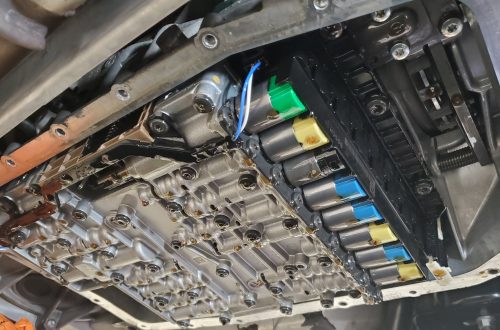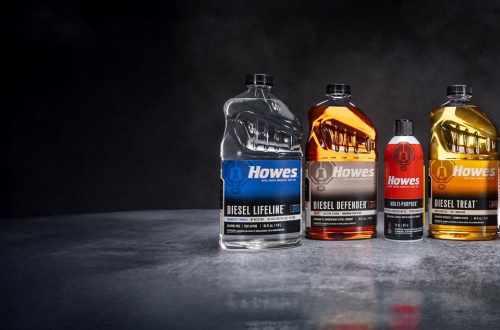When it comes to maintaining the aesthetic appeal and value of your vehicle, addressing dents and dings promptly is crucial. Traditional dent repair methods often involve sanding, filling, and repainting, which can be both time-consuming and expensive. However, a modern, cost-effective alternative known as Paintless Dent Repair (PDR) has revolutionized the auto repair industry. This technique is not only efficient but also environmentally friendly, making it a preferred choice for many car owners.
What is Paintless Dent Repair (PDR)?
Paintless Dent Repair (PDR) is a specialized method used to remove minor dents, dings, and creases from a vehicle’s body without the need for repainting or using body fillers. Instead of traditional repair techniques that involve sanding and painting, PDR relies on precise tools and techniques to massage the dented metal back to its original shape from behind the panel.
This method is particularly effective for repairing damage caused by hail, minor collisions, door dings, and other small impacts that have not cracked or chipped the vehicle’s paint. The integrity of the original paint remains intact, which is a significant advantage as it helps maintain the car’s factory finish and resale value.
How Does PDR Work?
The PDR process involves several key steps:
- Assessment of Damage: Technicians first evaluate the extent of the dent and determine if PDR is a suitable option. Factors such as the size, depth, and location of the dent, as well as the condition of the paint, are considered.
- Accessing the Dent: The technician gains access to the backside of the dent. This may involve removing interior panels, taillights, or other components to reach the affected area.
- Precision Tools and Techniques: Specialized tools, such as metal rods and body picks, are used to gently push the dent out from the inside of the panel. For dents on exterior surfaces, glue pulling techniques might be employed, where tabs are glued to the dented area and then pulled to restore the surface.
- Fine-Tuning: After the primary dent removal, the technician meticulously fine-tunes the area, ensuring that the panel is perfectly smooth and matches the surrounding surface.
Benefits of Paintless Dent Repair
- Cost-Effective: Since PDR does not require materials like paint or body fillers, and the labor is less intensive, it is generally more affordable than traditional repair methods.
- Time-Saving: Most PDR jobs can be completed in a few hours, compared to days for conventional repairs.
- Environmentally Friendly: PDR eliminates the need for harmful chemicals, paints, and fillers, reducing the environmental impact.
- Preserves Vehicle Value: By maintaining the original factory paint, PDR helps retain the car’s value, which is particularly beneficial for leased vehicles or those intended for resale.
When is PDR Not Suitable?
While PDR is versatile, it is not suitable for all types of damage. Dents that have sharp creases, extensive paint damage, or are located in areas with limited access may require traditional repair methods. Additionally, severe collision damage where the metal is excessively stretched or torn cannot be effectively repaired with PDR.
Choosing the Right PDR Service
Selecting a skilled and experienced technician is crucial for effective PDR. Look for certified professionals who specialize in this technique and have positive customer reviews. A reputable service provider will offer a thorough assessment and honest advice on whether PDR is the right solution for your vehicle.
One notable provider in this field is Automobicon Paint Repair, known for their expertise in delivering high-quality PDR services. Their team of trained technicians uses advanced tools and techniques to ensure precise and flawless dent repairs.
Conclusion
Paintless Dent Repair (PDR) is an innovative and efficient method for addressing minor vehicle dents and dings. Its cost-effectiveness, quick turnaround time, and ability to preserve the original paint make it an attractive option for car owners. By understanding how PDR works and when it’s applicable, you can make informed decisions about maintaining your vehicle’s appearance and value.





